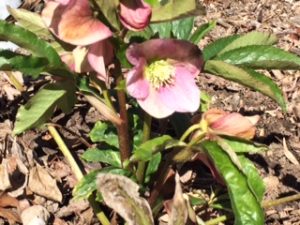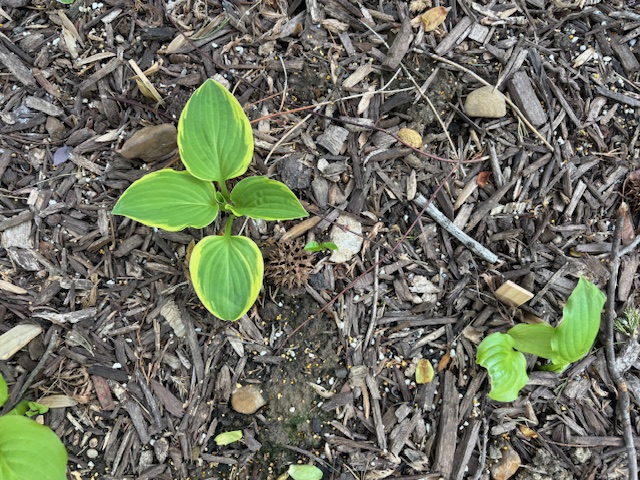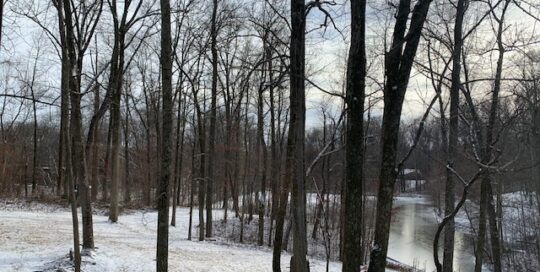Hellebore – A Really Early Bloomer
Views: 617

Yesterday was a true Gift of a day – especially for February! The sky was perfectly blue, the sun was warm and the breeze was light. Wonderful Husband suggested we walk around the yard for a bit – a suggestion that sounded pretty darned good to me.
I slipped on some shoes, shrugged on a jacket and hooked the Spoiled Mutt to his leash. It was only about forty degrees, but it felt pretty good and I didn’t even need my jacket.
We walked around, Wonderful Husband bemoaning all the work we will have to do in the next few months, which is true, but it will get us outside and active. So work is a good thing – maybe I will even lose some weight. Can you tell which of us is an optimist?
Even Wonderful Husband was delighted and surprised when we saw the hellebore blooming! I had planted it only last spring and had never grown one before. It had several buds and the blooms were about three inches across. What a treat on a winter’s day!
Hellebores
Hellebores (Helleborus orientalis) are also known as Lenten Rose – and you can see why from the photo. Most species are native to Europe, but they have been hybridized (H. hybridis) to make this lovely, evergreen, very early bloomer.
They are available in a variety of bloom colors, sometimes the blooms change color as they age, and are hardy in Zones 4 through 9. They enjoy moist, shady spots – which is good for me, because that’s about all I have (until high summer, when I have to water nearly every day). I planted mine on the south side of a slightly mounded garden bed directly under a large tulip tree. Since the tulip trees won’t leaf out for several more weeks, I’m going to keep an eye on my hellebore to make certain it doesn’t get too much sun, which would cause the leaves to go brown and make the plant unhappy.
Apparently, hellebores will readily self-seed, but the offspring probably won’t look like its parent – they are hybrids after all. Still, I hope my hellebore self-seeds. I look forward to being surprised. You can also divide mature plants. This stresses them, so make sure they receive plenty of moisture and tender, loving care until they settle in.
I’m going to buy some more of them this year!! Stay Green, Good Friends!
Meet Dona Bergman
Dona Bergman is a founding member, Southwest Indiana Chapter of the Indiana Native Plant & Wildlife Society, and an Advanced Master Gardener.







